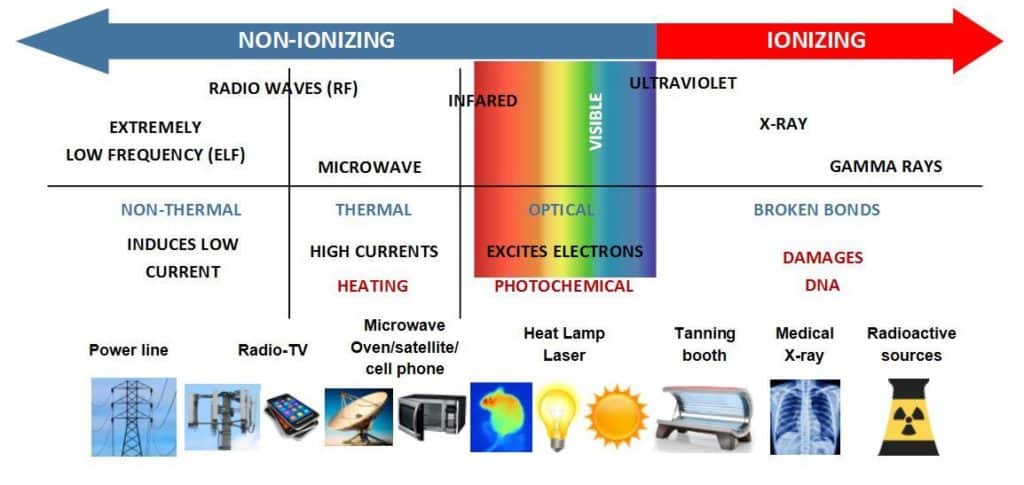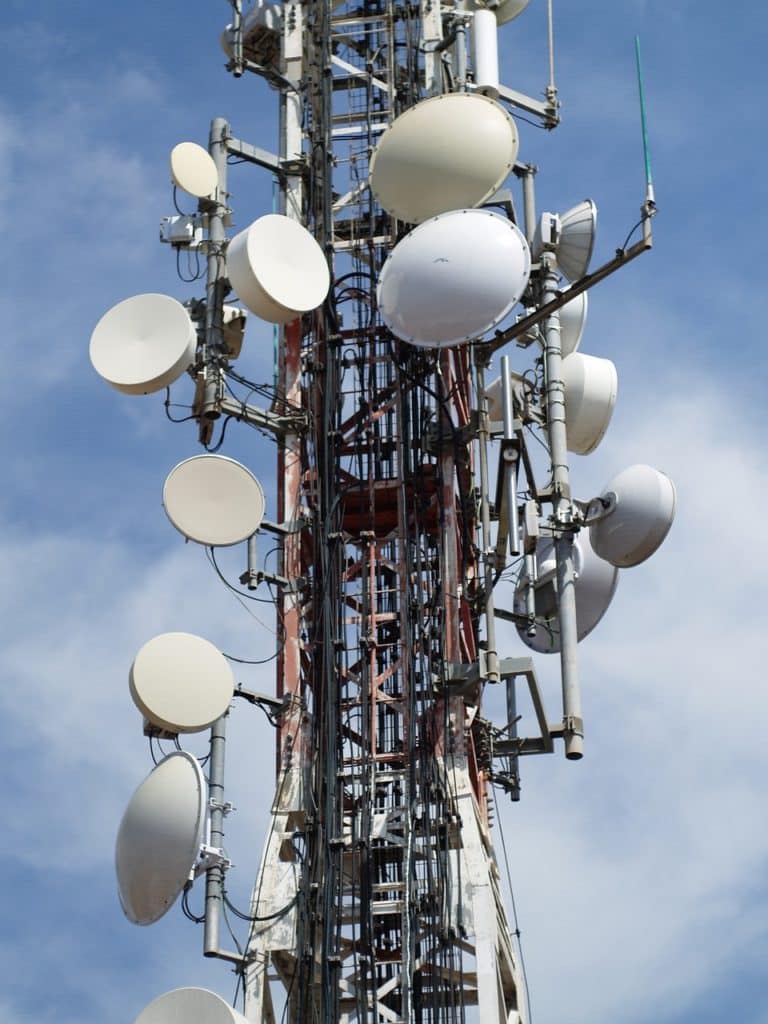The Truth About Electromagnetic Radiation: Debunking Common Myths
Your Pocket Problems
Have you ever felt pain or discomfort when keeping your smartphone in your front pocket? You’re not alone - many report this issue. While some claim cell phone radiation dangers, the real culprit is more basic. Electromagnetic frequencies (EMF), including those from phones, contain non-ionizing radiation. This means each photon carries too little energy to directly damage DNA or tissues. Intense microwave exposure over time could hypothetically cause heating issues inside the body, but phones emit safely low levels. A more likely explanation is physical pressure on nerves when sitting improperly. Remember - your pants pocket wasn’t designed for an oval object! Try redistributing weight more evenly to find relief.

Phantom Pains
If removing the phone stops the pain, as many find, the problem stems not from electromagnetic fields (EMFs) but simple pressure or constraint. Other culprits could include musculoskeletal issues, such as piriformis syndrome impacting the sciatic nerve. Phantom EMF sensitivities may reflect nocebo effects from worrying excessively. True hypersensitivity is controversial and difficult to definitively diagnose due to various psychological and physiological factors at play. Most national and international health organizations maintain that low-level exposures within established limits have not been conclusively linked to negative outcomes. While individual sensitivities differ, alleviate undue fear by focusing on established science over hypothetical “what-ifs.”
A Wave of Misinformation
In the past, some hypothesized non-ionizing radiation could indirectly cause cancer by generating oxidative stress. However, no convincing evidence substantiates this theory after extensive investigation. Natural EMF exposures far outweigh any manmade sources like cell towers or appliances. Potassium-40 radioisotopes in our bodies alone emit over a hundred times more radiation than a cellular device ever could! Much panic originated from a misclassification of electromagnetic frequencies on par with x-rays, which ignite radical cell damage. This led the public to erroneously lump all radiation into one frightening category despite vast differences in energy levels and biological interactions. While continuously evolving research merits open-mindedness, avoid assuming hypothetical risks without substantiating proof.
The Science of Safety Standards
International groups establish cautious guidelines for public electromagnetism based on decades of data. Standards incorporate large safety margins below any levels shown to cause temperature increases in tissue. No harm has been directly observed even for those working with radio frequencies professionally. Guidelines also consider that cell phones emit signals sporadically rather than continuously broadcasting. Meanwhile, natural and medical exposures far exceed consumer devices. Individual anomalies cannot be automatically attributed to EMFs without controlling for other health and lifestyle factors. Objective peer-reviewed research, not anecdotal reports, should inform policies. Maintaining perspective helps navigate complex topics with unknowns.
Beware the Bandwagon
An alluring sense of danger attached to “radiation” pulls some to support fringe claims without scrutiny. However, we must distinguish proven mechanisms of harm from hypothetical worries amplified by alarming language. While open-mindedness serves progress, unsubstantiated claims undermine science credibility when predicated on inaccurate models or coincidental correlations versus direct cause-and-effect evidence. Health orthodoxy changes gradually through rigorous testing, not personal convictions. Sticking strictly to facts avoids needless distress or financial exploitation. As with other modern anxieties, take a step back before jumping to conclusions influenced more by broad societal debates than your individual situation.
An Electromagnetic Reality
We inhabit a naturally electromagnetic planet and universe. Even our brains communicate electrically on microscopic scales. Tracing discreet sources proves highly complex where exposures overlap. Cautioning against nonexistent cell phone radiation risks ironically elevates stress hormones physiologically indistinguishable from many alternative causal suspects. Low-intensity, non-ionizing frequencies remain unproven threats despite hypothetical musings. While continually assessing new research, current scientific consensus affirms safety within limits accounting for output variability and rare individual sensitivities. With care and moderation, enjoy technology freely without succumbing to fear-based narratives untethered from evidence. Objectivity and rational thinking uplift debate.
Unplug Anxiety
In an age of boundless information, discerning quality remains a cognitive skill. Separating facts from speculation involves open yet prudent consideration of differing viewpoints. Constant overstimulation fuels worry, so practice presence through limiting screen time or adopting mindfulness. Your health depends more on lifestyle holistically - movement, nutrition, connection, sleep quality, stress management. If symptoms persist, explore medical explanations before assuming environmental triggers absent a scientific consensus. Overall well-being stems from reducing cortisol through balanced, evidence-based thinking. In an uncertain world, concentrate energy on certainties within your control rather than hypothetical unknowns. Peace comes from living rooted in demonstrated reality.
Toward Progress, Not Panic
Science advances gradually through data, not diktats. While constantly reassessing hypotheses, established understanding recognizes non-ionizing frequencies as safely modulated by international standards accounting for variability. Residual conservatism surrounding cutting-edge technologies merits open eyes yet calm judgment. Overall, objective research finds links between mobile use and health concerns weak after accounting for multiple demographics and lifestyles. For context, birth control pills pose far greater individually discernable risks than cell towers collectively. With care and moderation, modern marvels like rapid global connectivity deserve appreciation - not scaremongering disproportionate to factual understanding. Continual reevaluation maintains responsible innovation for humanity’s benefit.
